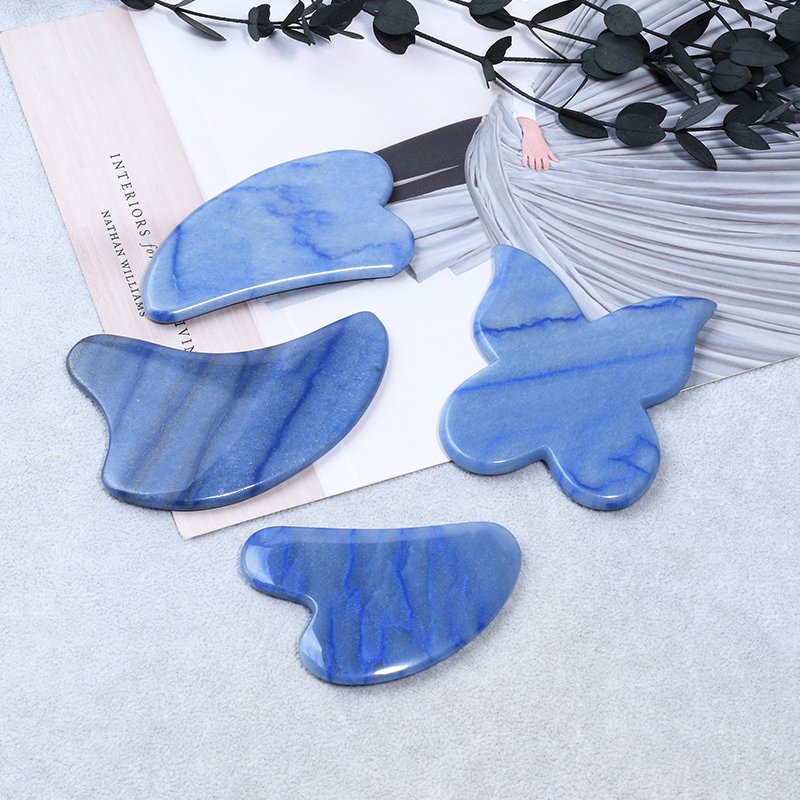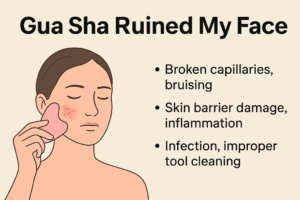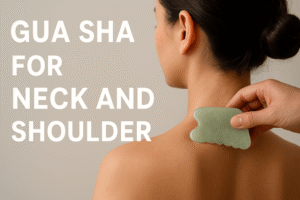What Does Gua Sha Treat?

Some of the health problems that scraping is used to treat include:
- Chronic pain.
- Inflammation.
- Muscle pain and tightness. For example, Gudrun Snyder, MD, East Asian MD, founder of Moon Rabbit Acupuncture in Chicago, says he often uses Gua Sha if a patient has neck pain after sleeping in an uncomfortable position.
Trained practitioners also use guasha to help treat ailments such as the common cold, says Jenelle Kim, a traditional Chinese medicine practitioner, certified herbalist, and founder and chief formulator at JBK Health Labs in San Diego.
Gua Sha is applied to the neck, shoulders, and certain areas of the upper or mid-back to align with your body’s lymphatic system. One of the functions of the lymphatic system, which works with the immune system, is to remove waste and toxins from the body. People who use Gua Sha say it improves nasal congestion and speeds recovery from colds.
Commonly used scraping body parts include:
- Back up.
- Chest.
- Neck.
- Shoulders.
After gua sha, your doctor may recommend covering the treated area, Kim says. This can help the therapeutic effect of Gua Sha.
Gua Sha side effects and risks
In general, Gua Sha has no serious side effects. With the right practitioner, you shouldn’t feel pain. Still, it’s best to know ahead of time some of the skin changes it can cause. These include:
- A series of small red dots called petechiae. This is blood that seeps from blood vessels below the surface of the skin. Scraping is normal.
- Mild red or purple bruising.
- Mild redness.
These skin marks may look worse than they feel. They shouldn’t be painful, and they should subside within three to five days, Vonador said.
Some people who should not scrape or should take precautions include:
- Are taking blood thinners.
- Thin or broken skin.
- Have a history of poor or slow healing.
The risk for these patients is that scraping causes the blood to surface. Your acupuncturist can work with you alone to determine whether scraping is safe, says Moy.
If scraping doesn’t feel right, let your doctor know so they can stop and try another treatment, Vonador advises.
Do-It-Yourself Gua Sha or See A Doctor
If you are using scraping for medical reasons, it is best to work with a trained practitioner. That’s because that person will know the right points on the body to stimulate and make the treatment most effective, Snyder said. At the very least, see a professional the first few times, and then you can ask for some tips on trying scraping at home.
For facial scraping, which is trending on social media, you should also get some professional guidance from an acupuncturist or class. Moi said online videos may focus on facial scraping trends without showing how to perform or safely use the tools. The skin on the face is delicate and has many blood vessels, which can be injured if not handled properly.
Plus, gua sha that doesn’t do it right on the face can cause red marks and even fine lines that you might want to reduce. Improperly cleaned tools can spread germs or cause a rosacea or facial herpes outbreak if you are prone to infection.
A professional trained in scraping can tell you how to move the tool (for example: swipe up), where to use it on your face, and how strongly.
Tips for Finding the Right Facial Gua Sha Tool
If you’ve done your research and want to start facial gua sha at home, here are some tips to help you find the right scraping tool:
- Snyder recommends buying tools made of real jade or rose quartz gua sha. These have long been used for scraping and feel refreshing and cool even at room temperature. Choose natural stones rather than man-made materials for your gua sha tools.
- Don’t necessarily buy the cheapest thing. Scraping tools are worth every penny, and the quality can vary greatly.
- Look for a tool that is flat and round, without sharp edges that could harm the skin of the face.
- Wash your tools with warm water and mild soap after use to keep them away from bacteria and other elements.








